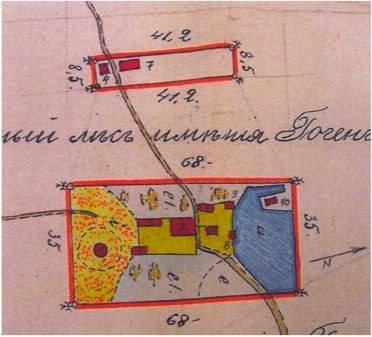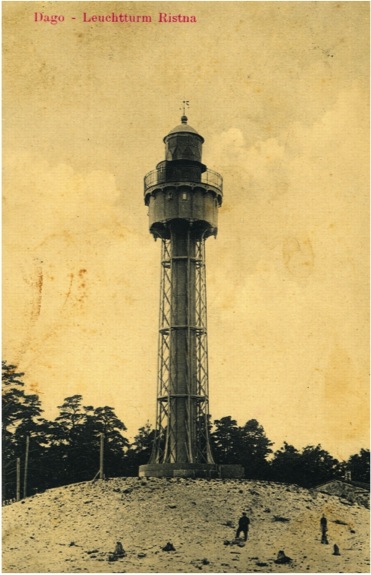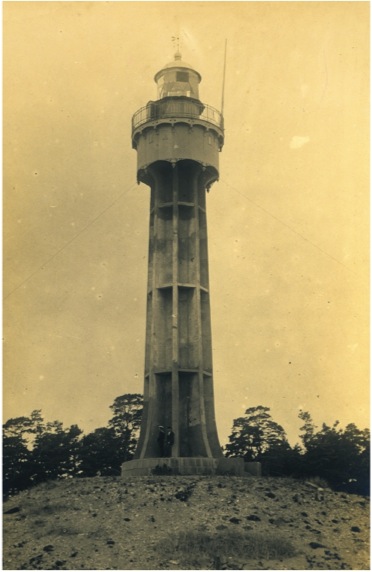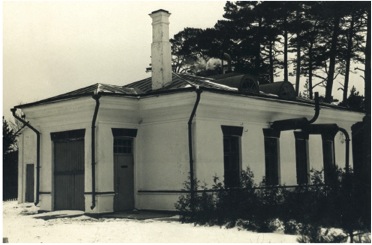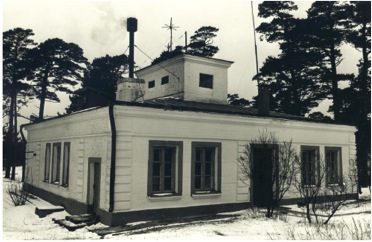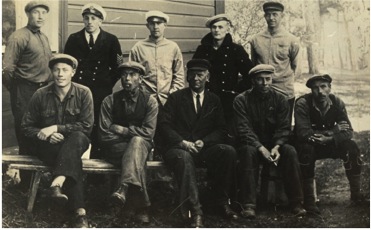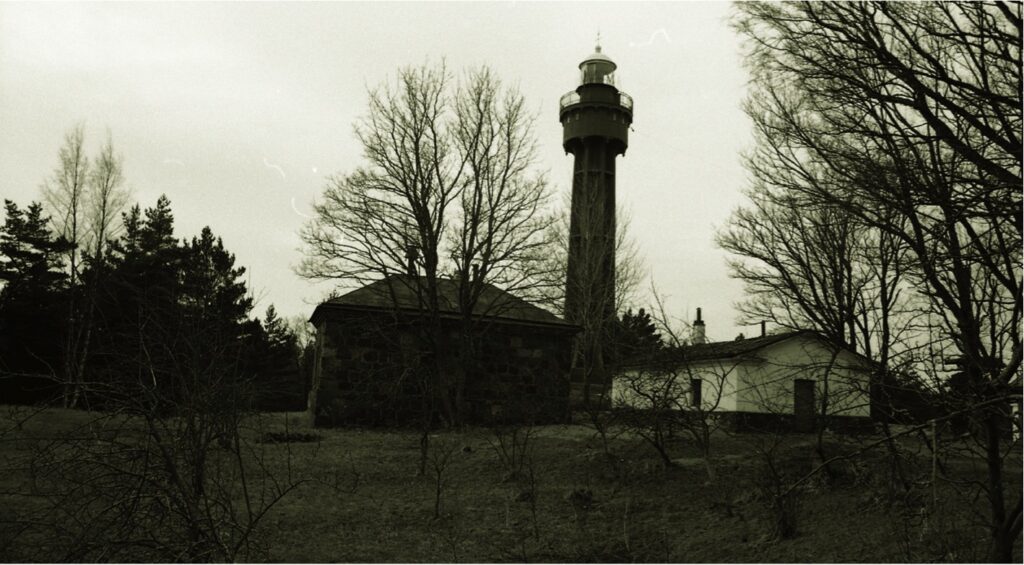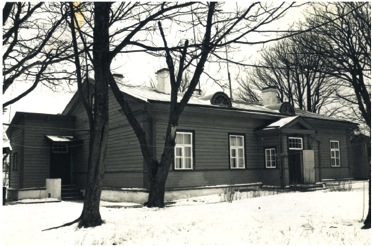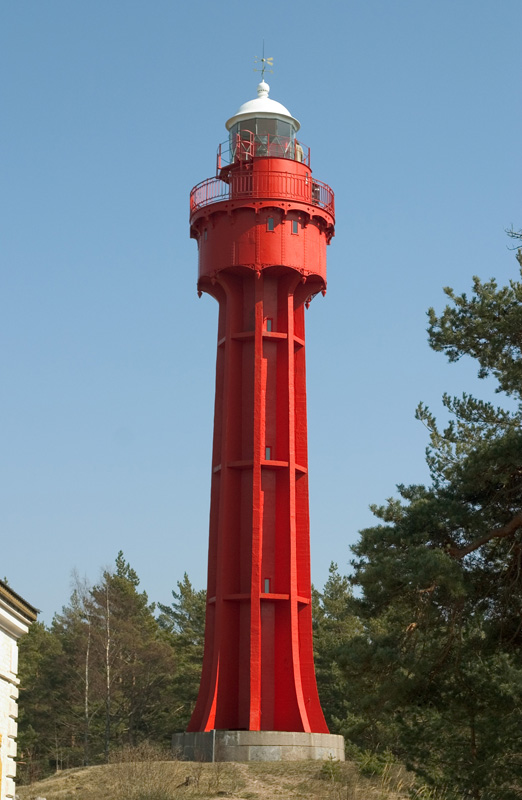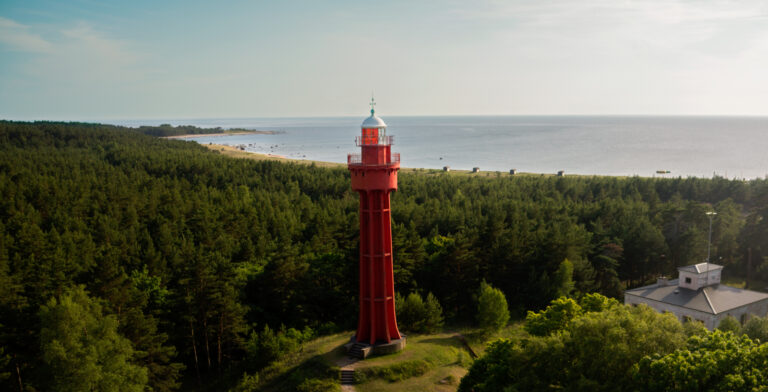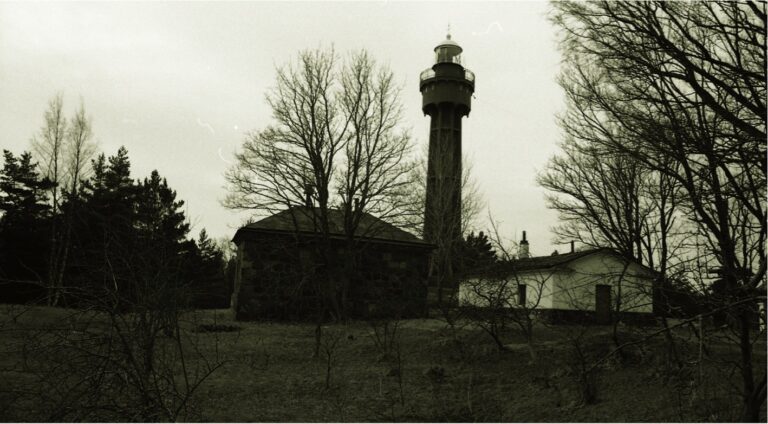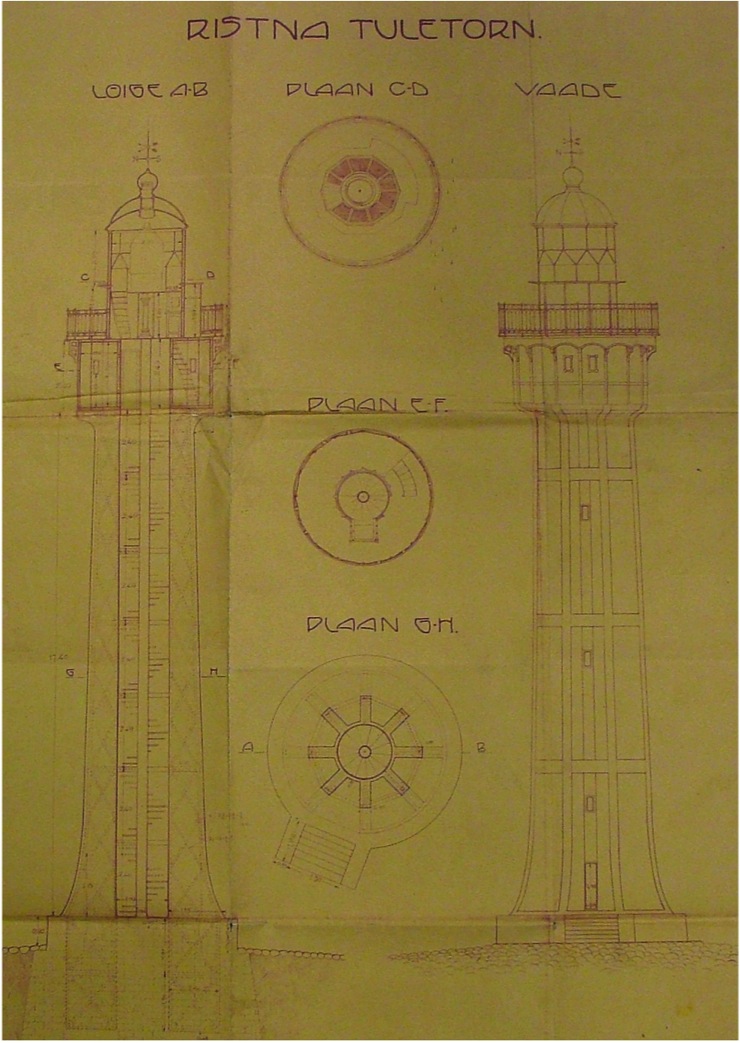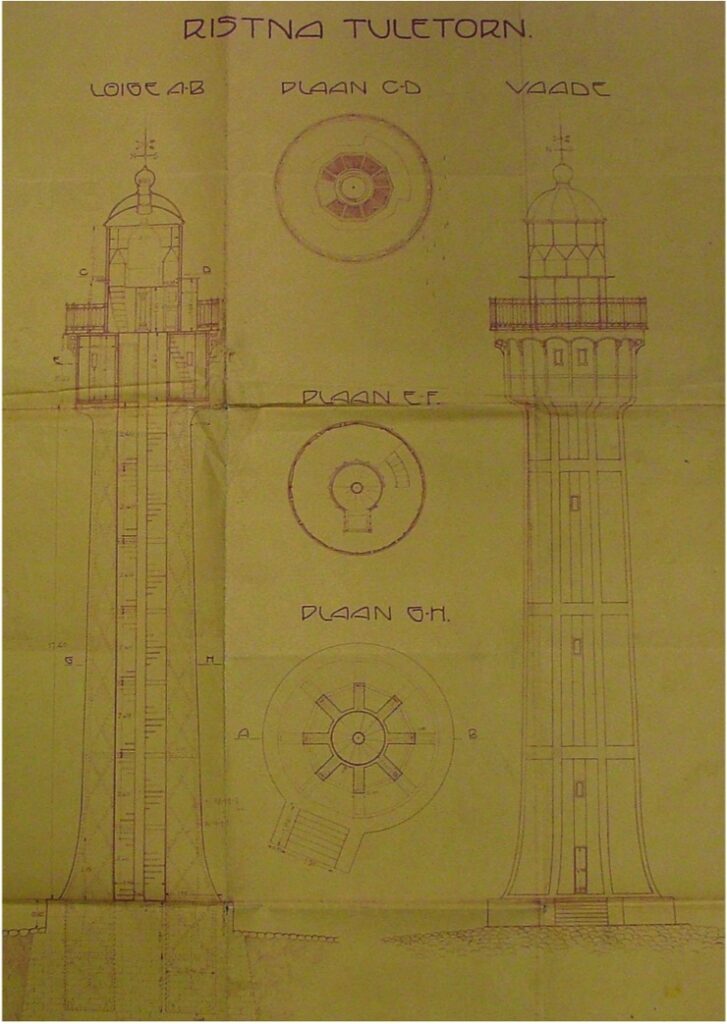
The Ristna lighthouse (lower Dagerort) has effectively helped the ships moving in the Baltic Sea to navigate and guided the ships on the waterway passing the Hiiu low. In addition, it has provided information about severe ice conditions in the Gulf of Finland in winter.
Because the Kõpu lighthouse was often hidden by fog, in 1873 it was decided to build a new lighthouse on the top of the Kõpu peninsula in Hiiumaa. It had an additional task, different from the island's other tall lighthouses, Kõpu and Tahkuna - to warn of the movement of ice in the Gulf of Finland and to signal ships with a red flashing light if there is obstructing ice in the waterway of the Gulf of Finland.
Of the solid cast iron lighthouses of the Gordon type, boiler plate lighthouses were much cheaper and faster to install, because the assembly work was less and iron was a cheaper building material. For this reason, parts of a 30-meter lighthouse assembled from two concentric boiler plate cylinders were ordered from France, which were installed with the help of a mast lift near Ristna Cape with its stormy beaches. The distinctive lighthouse was completed in 1874 and was painted white. At the top of the tower, in an extension resembling a metal machete, was a service room, above which was a domed lantern room, where the fixed red light of a third-order dioptric apparatus was installed, ensuring visibility at a distance of 13 miles. A moving hoist with a winch was installed on the outside of the tower to winch up the necessary heating material into the spacious service-guard room. Necessary service buildings were also built next to the lighthouse: a residence, a cellar, a sauna, a barn and a well, the first two of which have been preserved to this day.
In the following years, the Ristna lighthouse was improved with several modern tools. In 1884, a 20-foot fog bell was set up at the Ristna lighthouse, which gave a loud sound when rung and helped seafarers to stay on course even in foggy weather. A year later, a clock mechanism and gravity-rotating shading screens were installed in front of the optical device in the lantern room, which were put into operation when there was moving ice in the Gulf of Finland. In 1889, an iron sheet shed was completed near the lighthouse, where the first steam siren in Estonia was installed. At the beginning of the 20th century, this building was used as a forge when the new siren building was completed.
The Ristna lighthouse has shown exceptional resistance in world wars. In 1917, warships sent more than 200 bombs at the tower, but despite the German accuracy, the lighthouse suffered more serious damage only in later bombardments, when the buttresses supporting the tower and the lower cylinder part were punctured. In 1920, to ensure stability, a concrete jacket was poured over the lighthouse, which covered the tower's attraction - an eye-catching metal truss structure. Nevertheless, the Ristna lighthouse is quite different from the rest of Estonian lighthouses with its eight profile iron buttresses. The same fate befell the Mērsrags cast iron lighthouse in Latvia, similar to Ristna, which has lost its original appearance.
To this day, the outbuildings have preserved a dwelling, a cellar and a kerosene barn built in the second half of the 19th century, a barn, a sauna, a kerosene barn were added in the first half of the 20th century, and a generator building and a residence in the second half of the century. The siren building built at the beginning of the 20th century, which is one of the few surviving siren buildings near Estonian lighthouses, deserves attention. The fully preserved complex is under national protection as a cultural monument.
